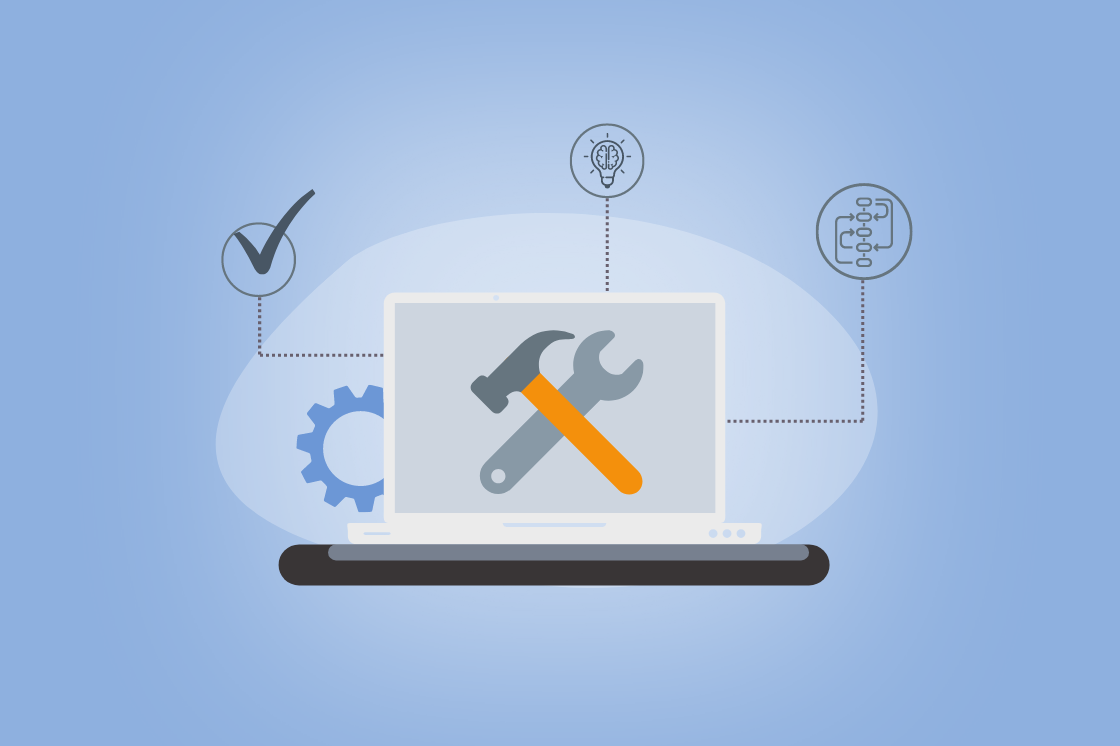Establishing a Business Process Management Methodology
When some people read or hear "business process management," they think about process flowcharts and the various workflow models that business analysts create. While modeling is an essential tool in business process management, (BPM) is much more than creating process maps.
Business process management is the set of skills and methods companies use to look at end-to-end processes and determine how to improve them.
As a company, your business processes serve as the foundation for delivering your products and services in a consistent, effective, and efficient manner. These processes are crucial for integrating your operations and maintaining competitiveness and profitability. To manage your process assets, it's essential to first understand what they are and create models (which may include visual aids) - but this is just the starting point.. BPM also includes:
- Any business process automation you undertake.
- The execution of your processes.
- The monitoring and control the processes to ensure they do what you expect.
If your processes are not meeting your expectations, BPM can assist you in identifying the root cause(s) and suggesting the optimal plan of action to enhance your operations.
Business Process Management as a discipline
BPM is one of the disciplines within the field of operations management. It includes a set of techniques to improve end-to-end business processes by discovering and analyzing them, modeling and measuring how they work, and improving them through optimization and automation activities. While almost anyone can draw a simple process-flow picture, trained BPM professionals have a broad set of skills that enable them to be experts in guiding business process improvement. These activities create the most value for your organization. The insights they generate aren't just informative; they are actionable!
BPM insights start with data
Modern organizations generate big data – customer, sales, finance, market, and operations data are just the start. This data is a treasure trove of information about your company's operations and how your business processes impact profitability.
Business process management can help you unlock this information and use it to identify opportunities for improvement – new product opportunities, ways to improve customer satisfaction, and opportunities for cost reduction.
These insights, combined with the wisdom your process designs and models create, help your business analysts and operations leaders see the impact processes have on company performance.
The right set of tools makes all the difference.
Skilled professionals can't perform at their best if they don't have the right professional tools to do the job effectively. Business process management is no exception. For your BPM team members to do their best work, they need a robust set of business process modeling tools and the ability to integrate the models with your operational execution and control capabilities. The information and telemetry generated from your monitoring tools are the basis for continuous improvement and process re-engineering activities.
Are you looking for some simple flowcharts to hang on the wall as artwork, or are you looking for actionable insights that you can use to improve many aspects of your company? Business process management is much more than drawing pictures; it is the management of your end-to-end processes through their entire lifecycle of design, development, and execution. BPM professionals with the right tools are the key to unlocking your company's competitive advantage.
Originally published Oct 26, 2018 16:51, updated May 27, 2022


